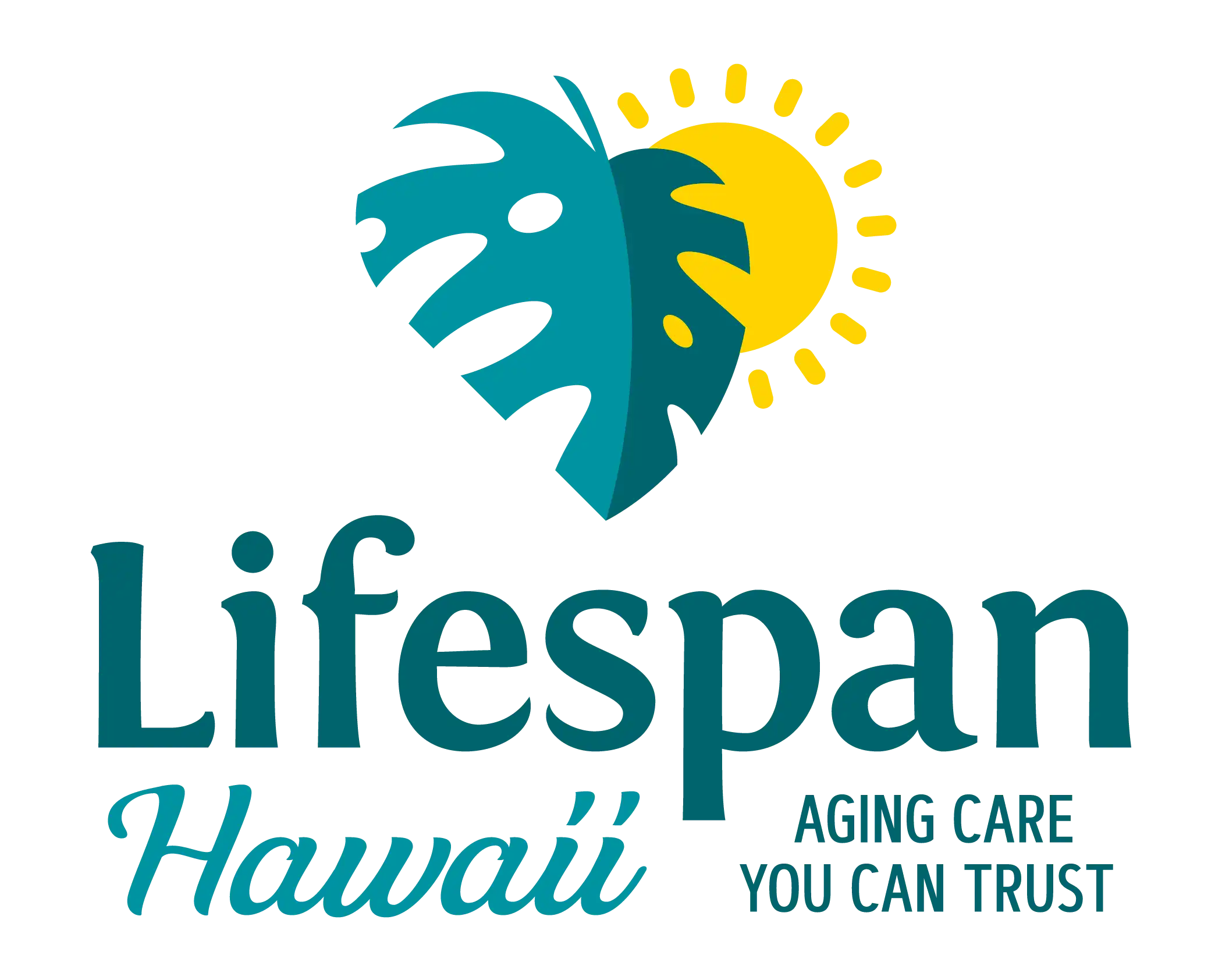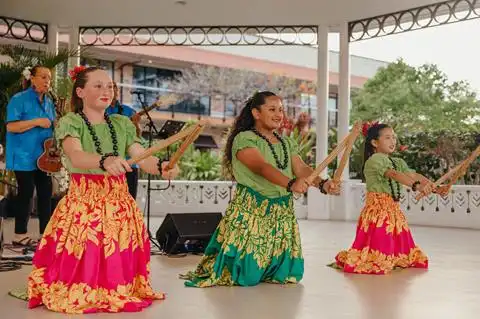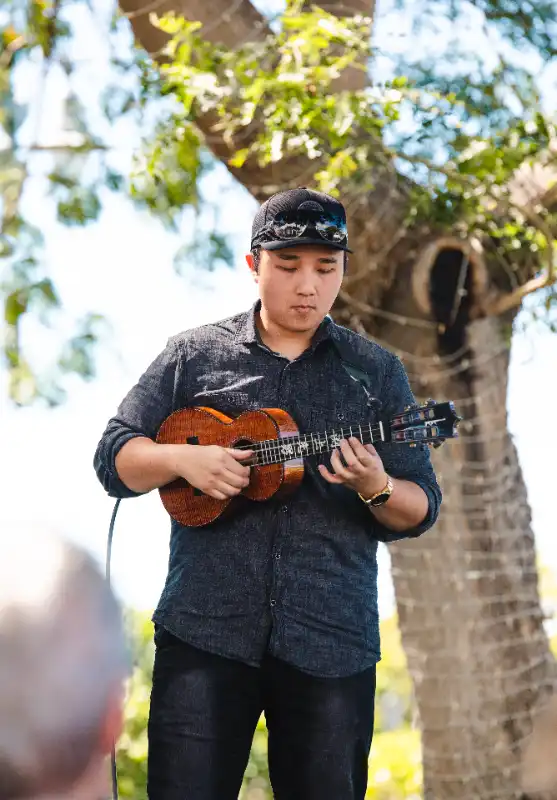County Looking to Expand Puna and Kona Parks
The Hawaii County Council next week will consider the county’s acquisition of parcels of land in both Puna and Kona for park use under the county’s “Open Space” program.
The agenda for the council’s meeting on Wednesday, June 3, contains two resolutions authorizing the county’s finance director to negotiate for the properties.
Both are listed among the priorities in the 2013 report by the county’s Public Access, Open Space, and Natural Resources Preservation Commission.
The county has so far acquired more than 1,200 acres under the program which is funded by 2% of Hawai‘i County’s annual real property tax revenues.
The properties are chosen by the mayor who then forwards his recommendations to the council for approval.
The most recent properties to be designated include a 2-acre parcel adjacent to Ahalanui Park in Puna, also known as “Hot Pond.”

The parcel next to Ahalanui Park to be acquired under Resolution 419 is outlined in yellow (click to enlarge). Source: 2013 report of the Hawaii County Open Space, Public Acquisitions, and Natural Resources Preservation Commission.
According to the commission’s 2013 report, the Puna parcel would expand Ahalanui and provide additional public access to the shoreline, including a small sand beach.
Resolution 419 said that the owners of the property, which was ranked 13th in priority in the commission’s report, have the property listed for sale.
Also under consideration is “White Sands Mauka,” two parcels totaling 10 acres located near Kona’s La`aloa Beach Park, also known variously as “White Sands,” “Magic Sands” and “Disappearing Sands” beach.
According to Resolution 423, the property would be combined with Kipapa Park, a 5-acre parcel that was the first Open Space property in Kona when it was acquired several years ago.

The county is looking acquire the parcel across from the Kona beach known as Disappearing Sands. Source: 2013 report of the Hawaii County Open Space, Public Acquisitions, and Natural Resources Preservation Commission.
The commission said the combined 15 acres would expand parking and recreational opportunities across the street from the beach park.
The White Sands Maukaj property, which has already received county approval for a 120-unit condominium, was acquired by its present owner, a French bank, though a 2012 foreclosure action.
The commission’s report said purchase of the land would provide a buffer between nearby developments and a variety of archaeological sites on the property. It said those sites could be used for educational and cultural preservation purposes.












